The Ultimate Guide to Choosing the Best Meat Grinder for Your Kitchen
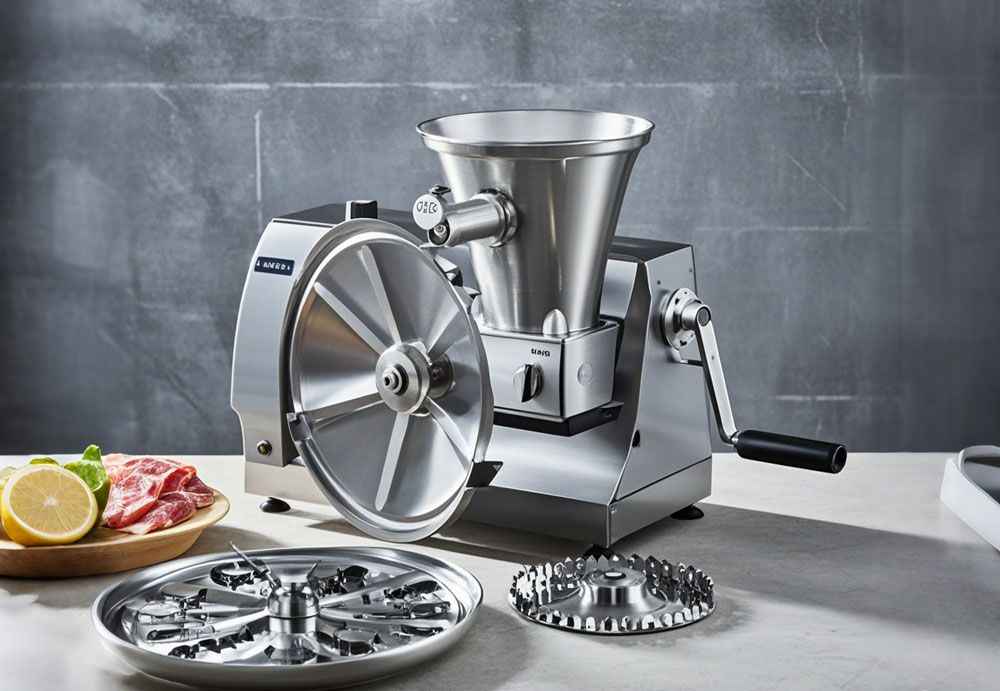
If you're a culinary enthusiast or a home cook who loves to experiment with different recipes, a meat grinder is an essential kitchen tool. Grinding your own meat not only ensures freshness but also allows you to control the texture and fat content, resulting in superior-tasting dishes. From juicy burgers to homemade sausages, a meat grinder opens up a world of possibilities. In this comprehensive guide, we'll explore everything you need to know about meat grinders, including the best models available, key features to look for, and tips for maintaining your grinder. Whether you're a seasoned chef or a beginner, this guide will help you make an informed decision.
Why You Need a Meat Grinder
Grinding meat at home offers several benefits:
- Freshness: Store-bought ground meat can be several days old. Grinding meat at home ensures that it's fresh and free from preservatives.
- Control: You can choose the type of meat, control the fat content, and achieve the desired texture.
- Cost-Effective: Buying whole cuts of meat and grinding them yourself is often cheaper than purchasing pre-ground meat.
- Versatility: A meat grinder can be used for more than just meat. It can grind vegetables, fruits, and even nuts, making it a versatile kitchen appliance.
Types of Meat Grinders
Electric Meat Grinders
Electric meat grinders are powered by a motor and are ideal for those who process large quantities of meat. They are fast, efficient, and require minimal effort. Here are some top models:Weston #8 Electric Meat Grinder
Price: $150
Features: Three grinding plates, built-in cord storage, reverse function
Pros: Efficient, sturdy, easy to use
Cons: Loud, struggles with mirepoixSTX International Turbo Force 3000 Series
Price: $170
Features: Four grinding plates, three sausage stuffing tubes, burger press
Pros: Lightweight, easy to assemble, lots of attachments
Cons: Loud, some parts are plasticLEM Big Bite #12 Electric Meat Grinder
Price: $530
Features: Two grinding plates, three stuffing tubes, powerful motor
Pros: Extremely fast, huge capacity
Cons: Bulky, no reverse optionManual Meat Grinders
Manual meat grinders are hand-cranked and do not require electricity. They are perfect for small batches and are often more affordable than electric models.- Chop-Rite Model 5 Clamp-Down Meat Grinder
Price: Varies
Features: Cast iron body, nonstick coating
Pros: Durable, smooth grinding action, quiet
Cons: Requires a counter overhang, no sausage-stuffing attachments Stand Mixer Attachments
If you already own a stand mixer, purchasing a meat grinder attachment can be a space-saving and cost-effective option.- KitchenAid KSMMGA Metal Food Grinder Attachment
Price: $75
Features: Three grinding plates, sausage stuffing tubes, cleaning brush
Pros: Utilizes stand mixer motor, easy to store
Cons: Awkward height, requires a stand mixer
Key Features to Look For
When choosing a meat grinder, consider the following features:
- Power: Higher wattage means more power and faster grinding.
- Material: Stainless steel parts are durable and easier to clean.
- Grinding Plates: Multiple plates allow for different grind sizes.
- Attachments: Look for models with sausage stuffing tubes, kibbeh attachments, and other accessories.
- Ease of Cleaning: Removable parts that are dishwasher-safe make cleaning easier.
- Size and Weight: Consider the space in your kitchen and how often you will move the grinder.
How to Use a Meat Grinder
Using a meat grinder is straightforward:
- Prep the Meat: Cut the meat into small pieces and chill it in the freezer for about 30 minutes. Cold meat grinds more easily and prevents fat from smearing.
- Assemble the Grinder: Attach the desired grinding plate and secure all parts.
- Feed the Meat: Turn on the grinder (or start cranking for manual models) and feed the meat into the hopper using the pusher.
- Collect the Ground Meat: Place a bowl under the grinder to collect the ground meat.
- Clean the Grinder: Disassemble the grinder and wash all parts thoroughly with hot, soapy water.
Maintenance Tips
- Sharpen Blades: Keep the blades sharp for efficient grinding. Use sandpaper or a sharpening stone.
- Lubricate: Follow the manufacturer's instructions for lubricating moving parts.
- Store Properly: Store the grinder in a dry place and keep all parts together to avoid losing any pieces.
FAQs (Frequently Asked Questions)
Q1: Can I grind frozen meat in a meat grinder?
A: It's best to slightly chill the meat, but not freeze it completely. Frozen meat can damage the grinder and may result in uneven grinding. A good practice is to freeze the meat until it’s firm but not rock solid.
Q2: How do I choose the right grinding plate for different types of meat?
A: Use a coarse grinding plate for meats like beef or pork, which require a rougher texture. A fine plate is ideal for grinding poultry or making smooth sausages. You can experiment with different plates to achieve the desired texture.
Q3: Is there any difference between using a manual and electric meat grinder?
A: Yes, electric grinders are faster, require less effort, and are better suited for larger batches, while manual grinders are slower and more labor-intensive but are typically quieter and more affordable.
Q4: How often should I clean my meat grinder?
A: It's important to clean the grinder after every use to avoid bacteria buildup. For optimal performance, disassemble the grinder, wash the parts with hot soapy water, and dry them thoroughly before storage.
Q5: Can I grind vegetables or fruits with my meat grinder?
A: Yes, many meat grinders, especially electric ones, can handle soft vegetables, fruits, and even nuts. Make sure to follow the manufacturer’s guidelines, as some grinders may be better suited for these tasks than others.
Q6: What should I do if my grinder is making a strange noise or is not grinding properly?
A: First, ensure that the grinder is properly assembled and that the blade is sharp. If it’s still not working correctly, check for any obstructions in the hopper or feeding tube. For electric grinders, make sure the motor is functioning properly. Refer to the user manual for troubleshooting or consider seeking professional repair.
Q7: How do I store my meat grinder?
A: Store your meat grinder in a dry, cool place. Ensure that all parts are disassembled and stored together to prevent any parts from being lost. For manual grinders, consider using a hanging hook for easy access and to keep it off kitchen surfaces.
Q8: Can a meat grinder handle bones?
A: Most home meat grinders are not designed to grind bones. If you're looking to grind bones for pet food or other purposes, make sure to choose a heavy-duty model specifically designed for bone grinding. Grinding bones can damage the blades and motor of regular grinders.
Must-Read Blogs For Chain Restaurants Owner

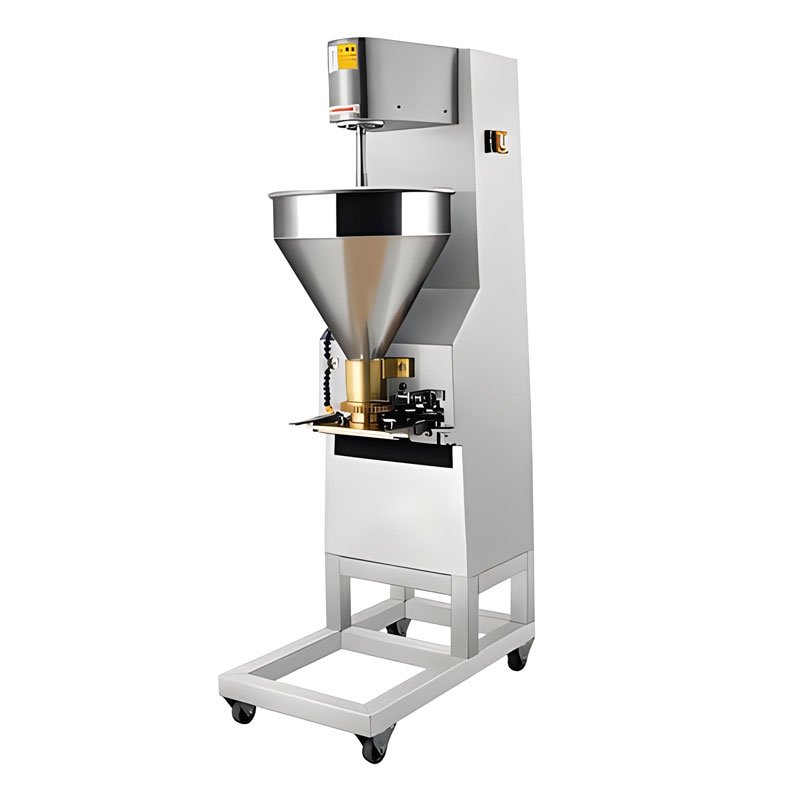
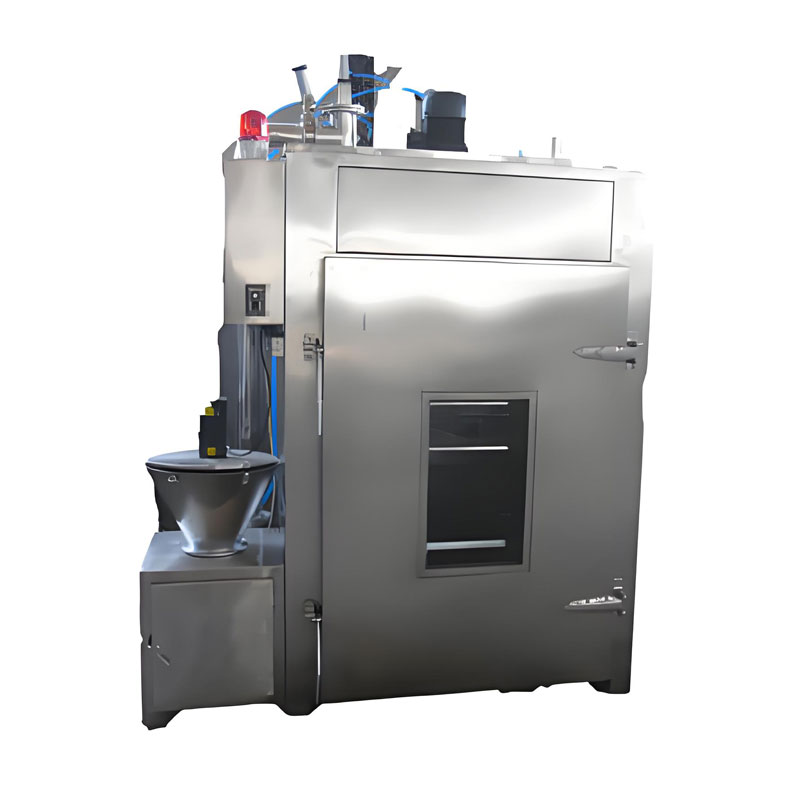
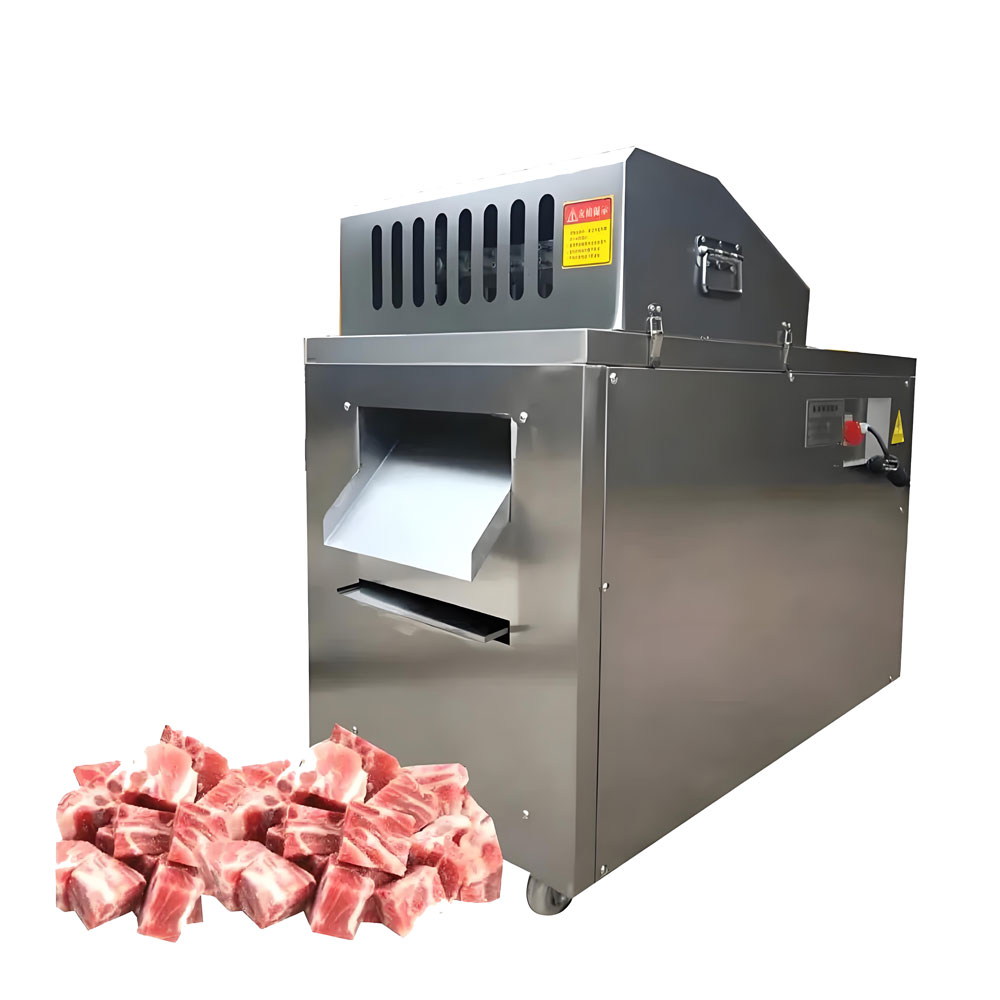
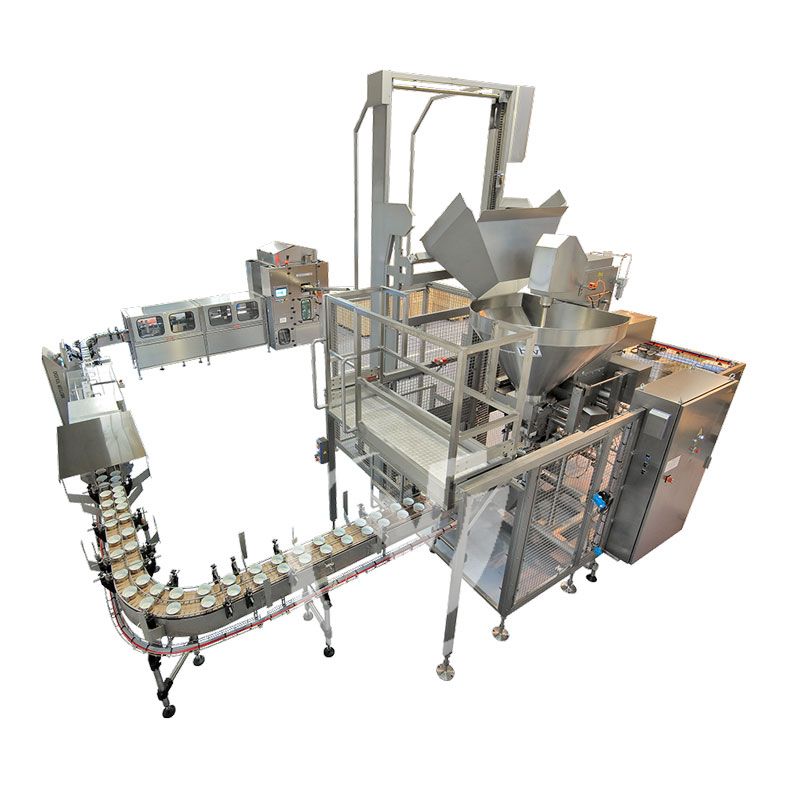

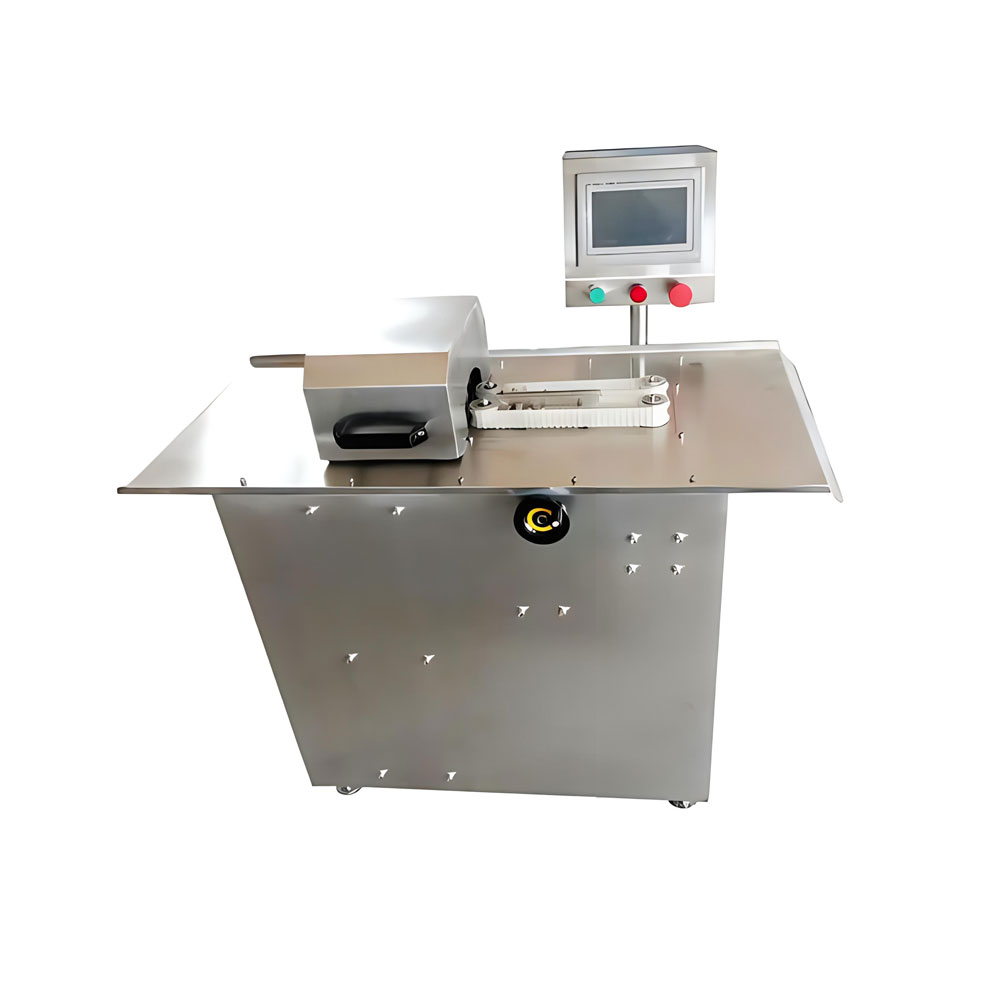
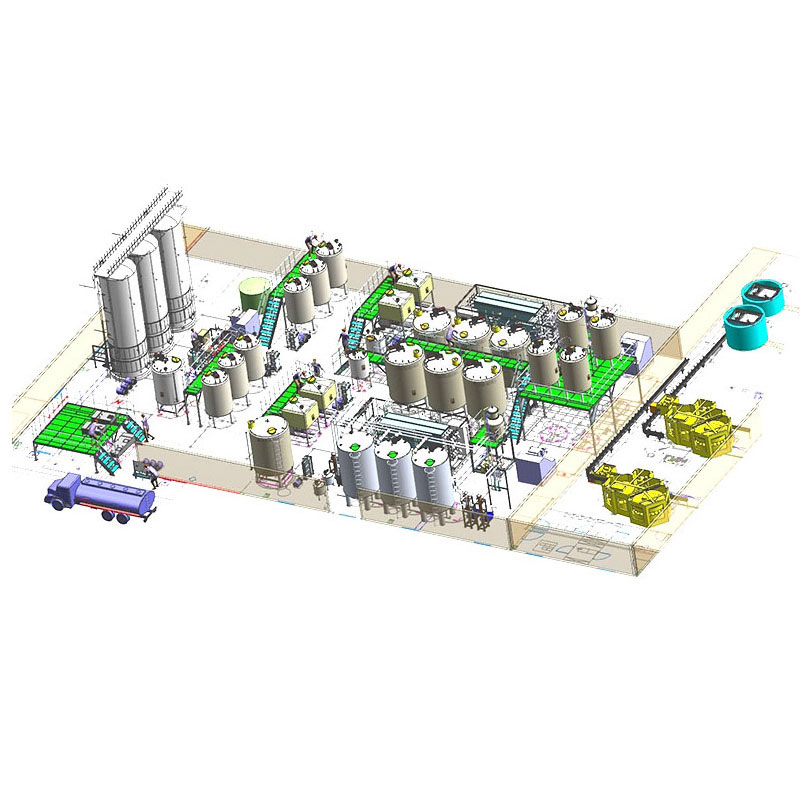
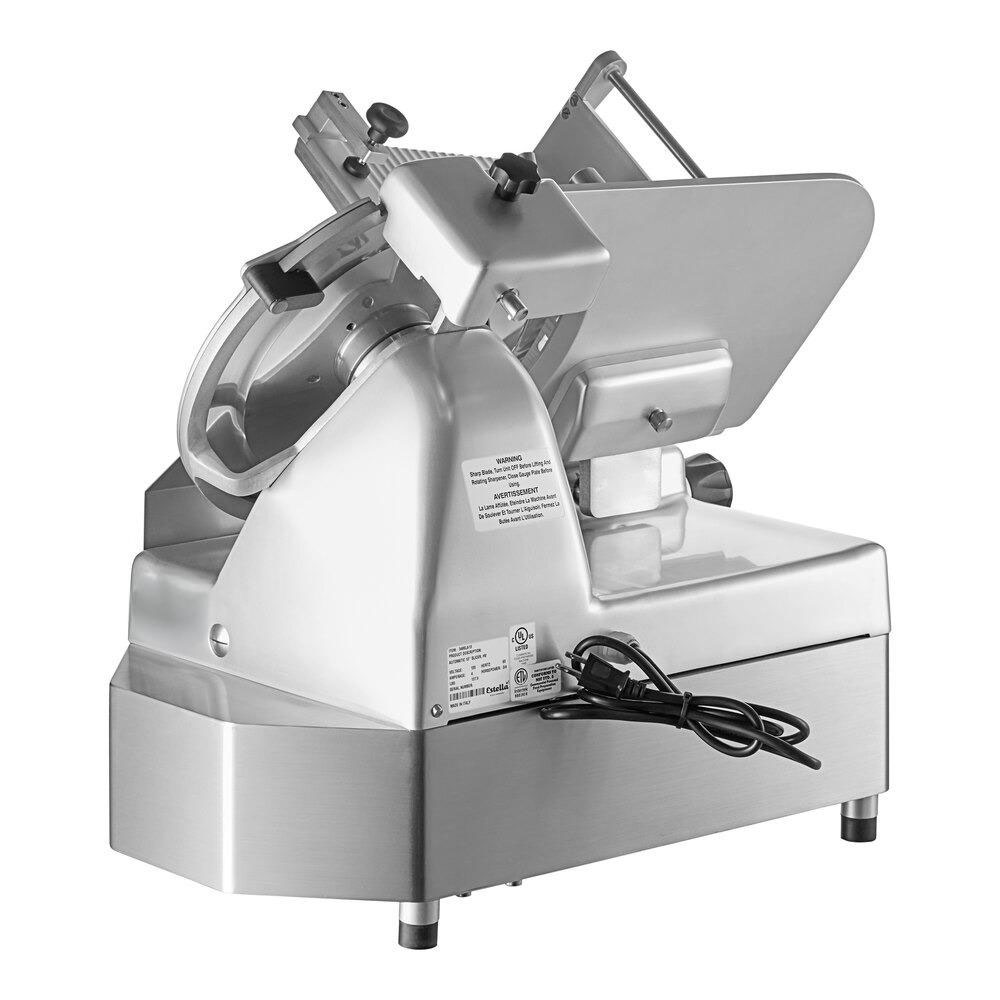
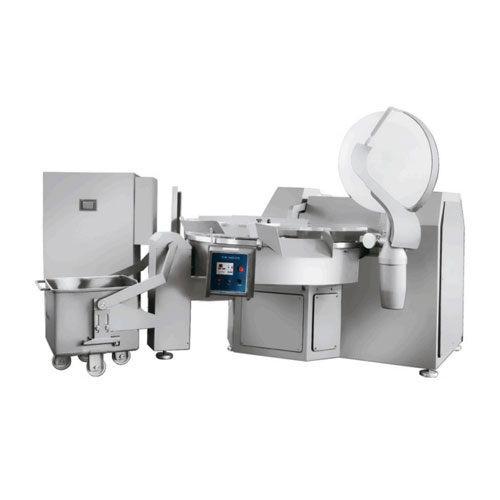
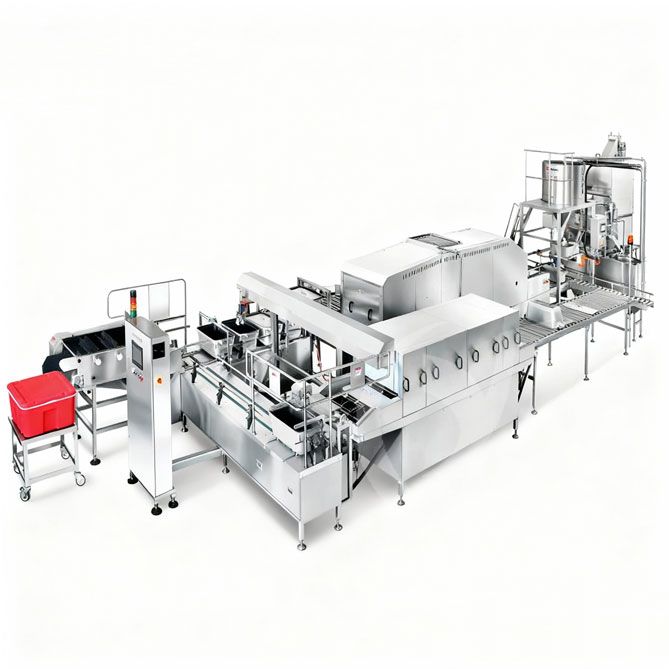
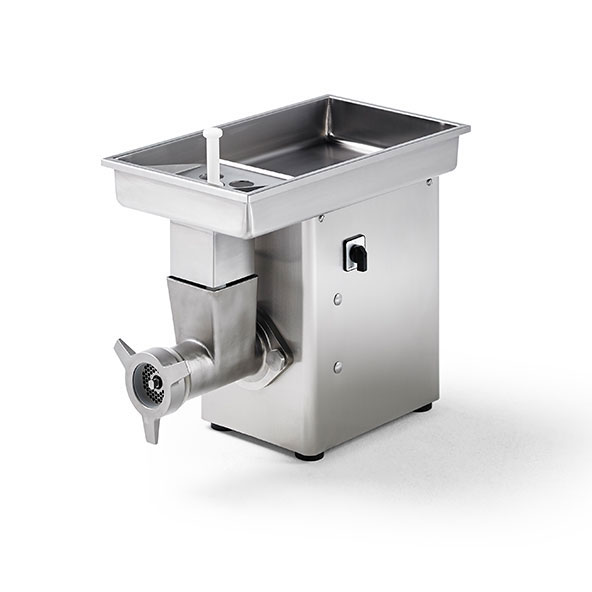 Heavy Duty Commercial Meat Grinder
Heavy Duty Commercial Meat Grinder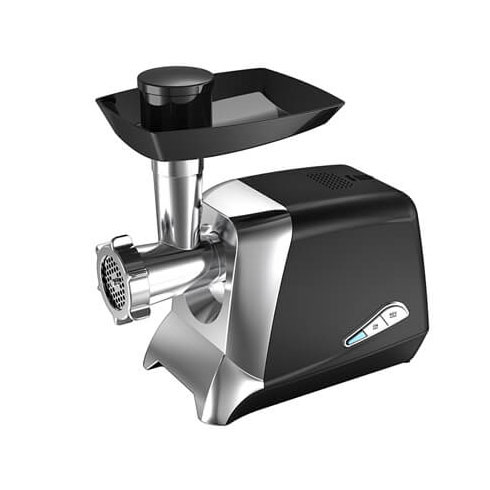 Household Meat Grinder
Household Meat Grinder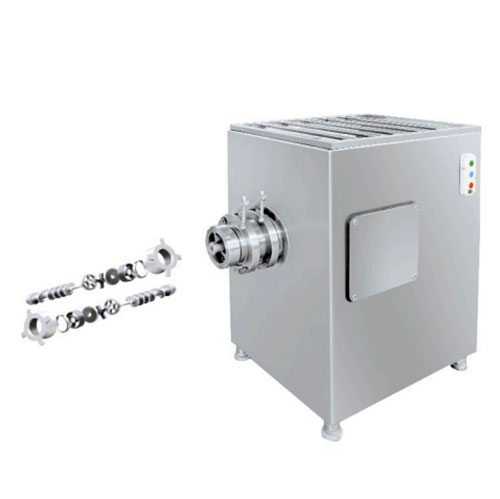 Frozen Meat Grinder
Frozen Meat Grinder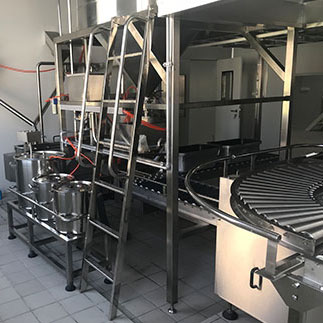 Cold Chain Rice Production Line
Cold Chain Rice Production Line
Ready to Get Started?